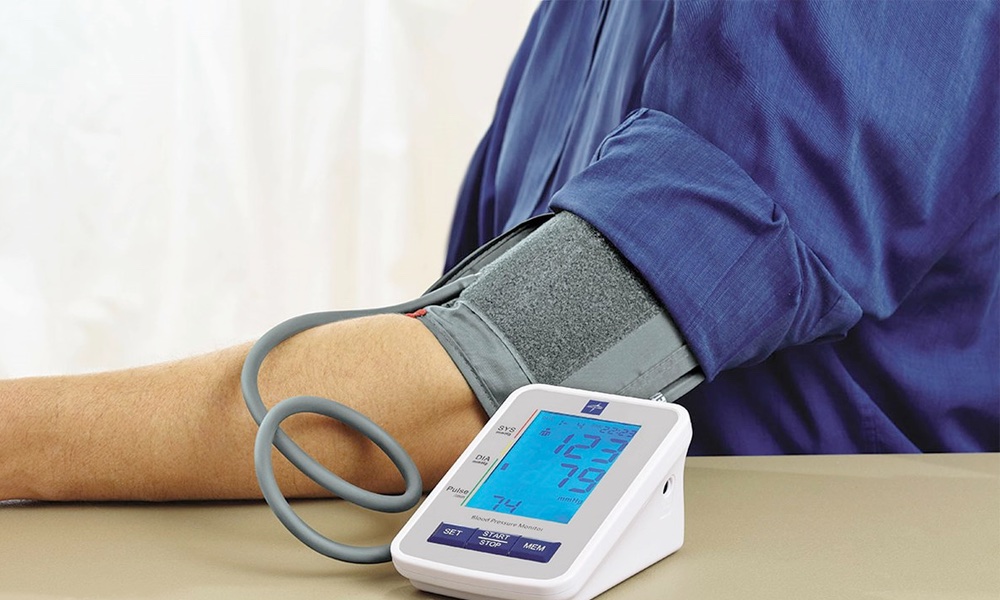Hypertension is extremely common — one in two American adults has high blood pressure. It is diagnosed when the top number of a blood pressure reading — as the heart contracts to pump blood out (systolic pressure) — is 130 or more and the bottom number — as heart relaxes between beats (diastolic pressure) — is 80 or more.
Having high blood pressure or hypertension puts a person at higher risk of heart disease and heart attacks, as well as other events like strokes. That’s why people whose blood pressure trends high need to monitor their blood pressure frequently — in addition to eating a good diet and getting regular exercise — to keep their pressure in check.
A recent study by researchers at Kaiser Permanente Washington Health Research Institute and Kaiser Permanente Washington in Seattle looked at how best to help people with hypertension keep better track of their blood pressure. Over 500 adults who needed to track their blood pressure regularly were randomly assigned to one of three groups: in-clinic or ambulatory care center monitoring, home monitoring and kiosk monitoring in a local pharmacy. People in the study had an average blood pressure of 150/88 and averaged 59 years of age. Half the participants were male and half were female.Tracking BP at home was not only helped patients get more readings done and made the process more convenient, it engaged patients in their own care.
Patients found at-home monitoring significantly more acceptable than the other methods of blood pressure monitoring. Of all groups it was the method to which patients were most likely to adhere (90 percent adherence) despite having the most rigorous monitoring schedule. In-clinic patients had an 87 percent adherence rate, followed by 68 percent in the kiosk group.
The researchers hope the results will lead more doctors to encourage their patients to take blood pressure monitoring into their own hands.
“Most hypertension is diagnosed and treated based on blood pressure measurements taken in a doctor’s office, even though the U.S. Preventive Services Task Force and the American Heart Association recommend that blood pressure measurements be taken outside of the clinical setting to confirm the diagnosis before starting treatment,” Beverly Green, a family physician and researcher at Kaiser Permanente Washington Health Research Institute, said in a statement.
“Home blood pressure monitoring was the most preferred option because it was convenient, easy to do, did not disturb their daily personal or work routine as much, and was perceived as accurate. Participants reported that ambulatory blood pressure monitoring disturbed daily and work activities, disrupted sleep and was uncomfortable,” she added.
“Home blood pressure monitoring is empowering and improves our ability to identify and treat hypertension, and to prevent strokes, heart attacks, heart failure and cardiovascular death.”
It’s not difficult to learn to take your own blood pressure. Talk to your doctor or other health professional so you can be sure you are doing it properly.
The study was presented at the American Heart Association Hypertension Scientific Sessions 2021.





